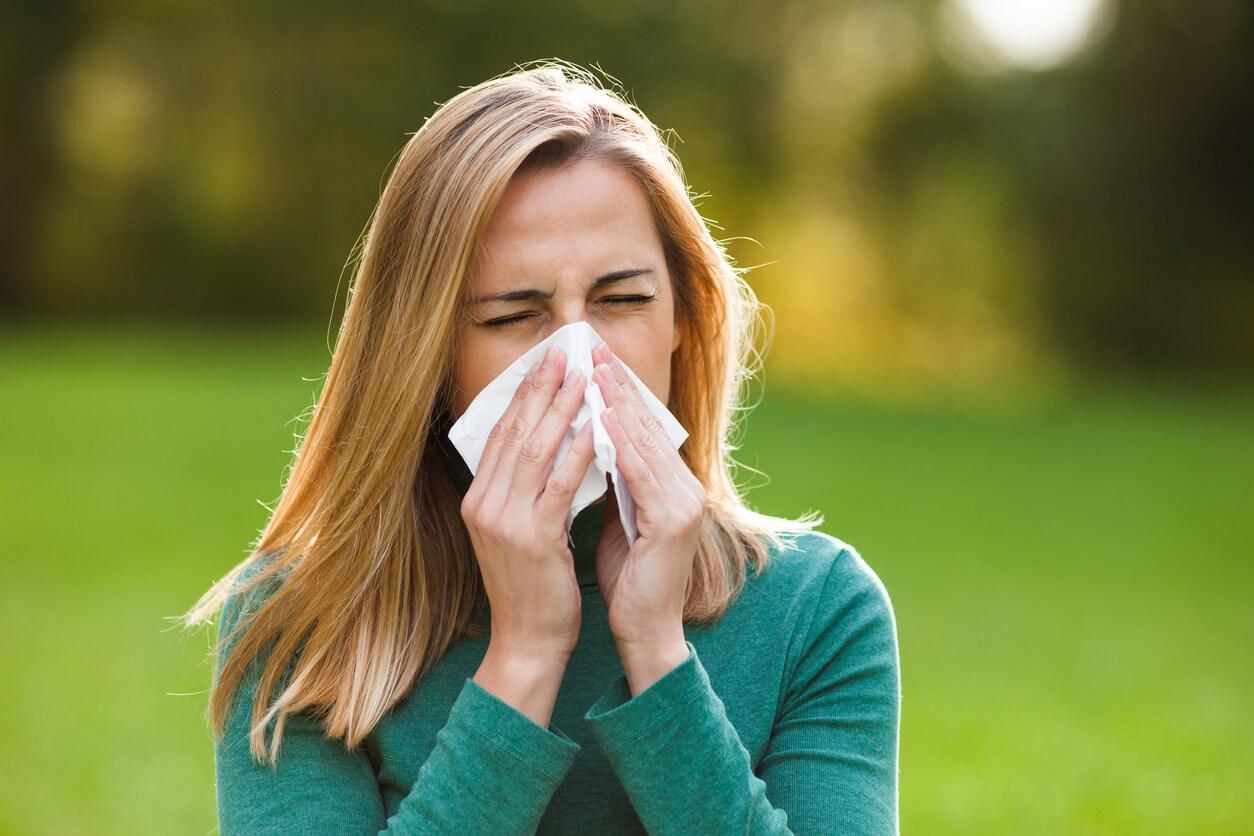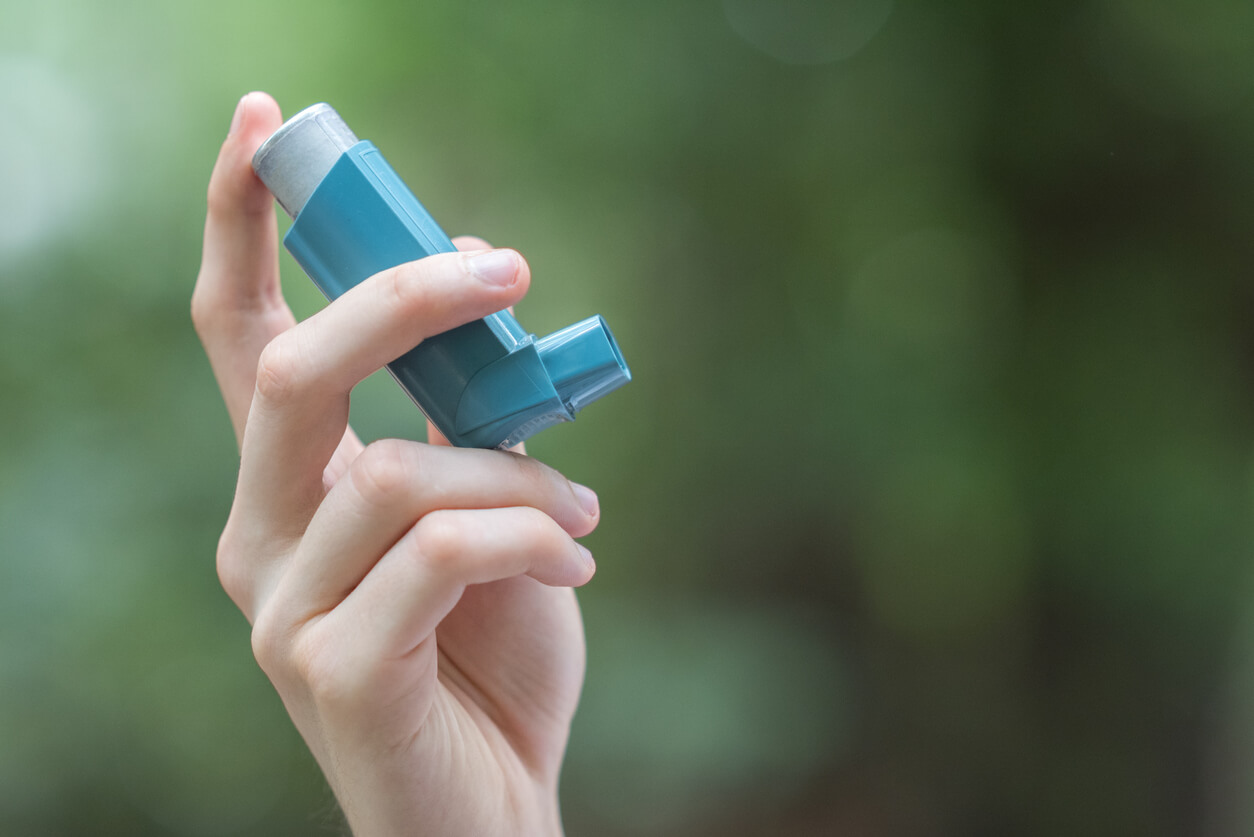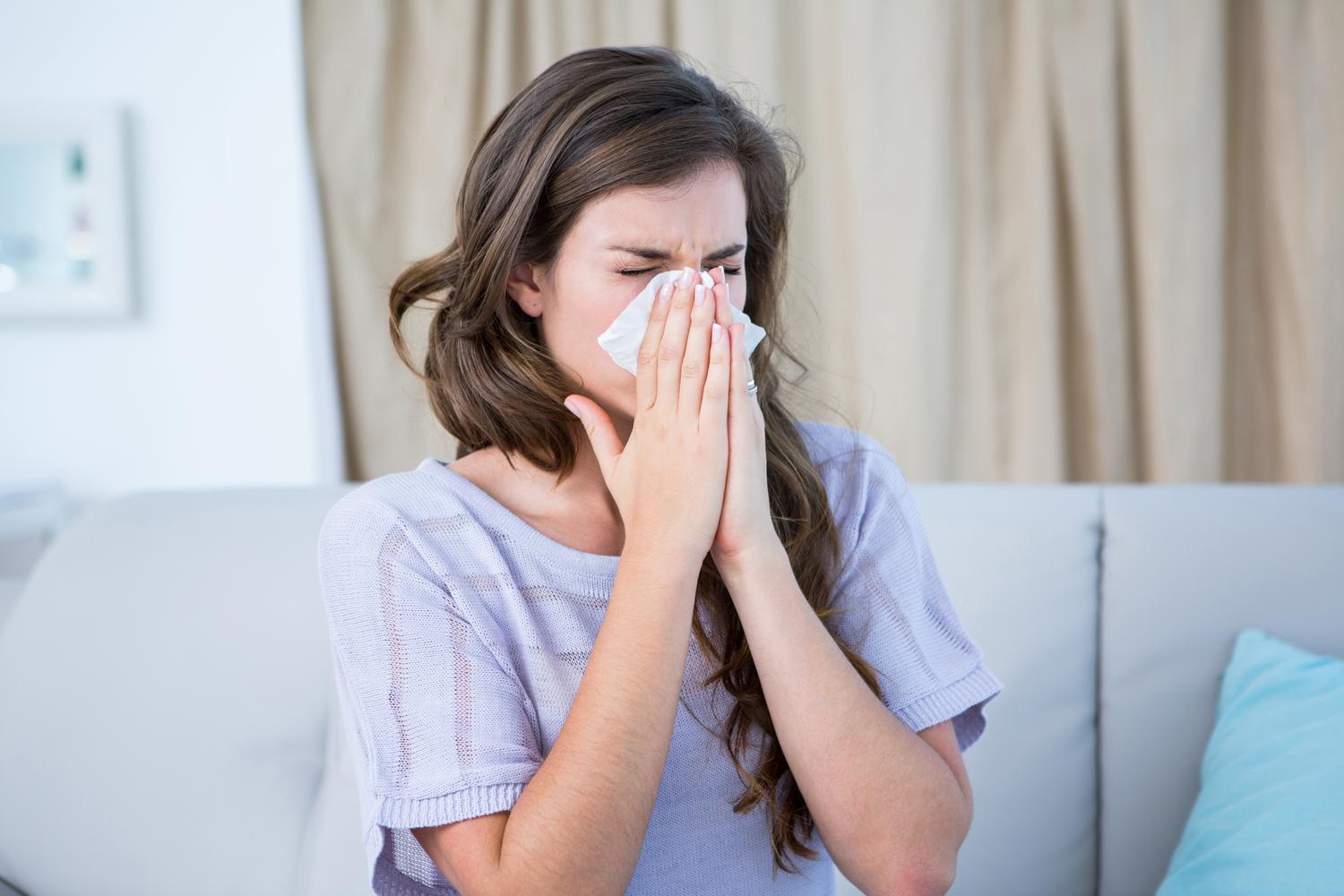Antihistamines: Uses, Types, and Side Effects
A complete guide to antihistamines
What are antihistamines?
Antihistamines are a class of drugs that are used to treat the symptoms of allergies. Antihistamines block the body’s release of histamines, a natural chemical released by the immune system. Histamines bond to cells in the body, which causes the symptoms of an allergic response. This includes sneezing, watery eyes, and difficulty breathing.
Antihistamines that treat allergy symptoms are classified as H-1 blockers (first-generation antihistamines). These drugs specifically target histamine receptors to prevent the symptoms of an allergic reaction. Another form of antihistamine, H-2 blockers (also known as second-generation antihistamines), work on histamine receptors in the gastrointestinal tract that provoke stomach acid secretion. H-2 blockers are prescribed to treat ulcers in the GI tract and Zollinger-Ellison disease.
This article will primarily focus on H-1 receptor blockers, the drugs used to treat the symptoms of an allergic reaction or hay fever. Many of these drugs are widely available over-the-counter (OTC) at most pharmacies. Antihistamines can be supplied as an oral pill, capsule, chewable tablet, liquid, nasal spray, or medicated eye drops. For those managing severe symptoms, prescription-strength antihistamines are available via a health care provider’s prescription.
For more information about allergy symptoms and treatment, check out our seasonal allergy blog or book an online doctor visit for allergies on Sesame.
What are antihistamines used for?
H-1 antihistamines are used for the treatment of allergy symptoms. Seasonal allergies–sometimes known as hay fever–affect nearly 1 in 5 people. This widespread condition appears differently from person to person.
Allergies happen when your body thinks that harmless substances, like pet dander or peanuts, are pathogens that could make you sick. When this happens, your body prompts an immune response, which causes symptoms like itchy eyes, a runny nose, and a scratchy throat.
There are many different types of allergens and corresponding reactions to these irritants. You may get hives from a drug allergy, an itchy tongue from a food allergy, sneezing from a pet allergy, or a cough from a mold allergy.
Common symptoms of an allergic reaction include:
- Allergic rhinitis (sneezing, runny nose, congestion)
- Allergic conjunctivitis (itchy, swollen, and watery eyes)
- Hives and skin rash
- Fatigue
Antihistamine medication—prescription or OTC—will not cure allergies. There is no cure for allergic reactions. These drugs block H1 histamine receptors in the body to prevent symptoms. While these drugs do not prevent allergies, they can reduce symptoms, making the condition easier to manage.
In some cases, H-1 receptor blockers are prescribed to help reduce symptoms of motion sickness. Dimenhydrinate (Dramamine) is an antihistamine that treats nausea and motion sickness symptoms. It’s thought that the drug blocks H-1 receptors in the brain, which can affect your internal sense of balance. A precautionary dose of dimenhydrinate helps reduce motion sickness by mitigating this sensation. This drug will not work as well if you’re already feeling nauseous.
What are the different types of antihistamines?
As outlined above, antihistamines are generally grouped into first-generation and second-generation H1 and H-2 blockers. First-generation H-1 antihistamines were first approved by the FDA in the 1940s for the treatment of allergic reaction symptoms. Allergy medications are further grouped by their availability. Many H-1 antihistamines are available over the counter at pharmacies and retailers. Some H-1 antihistamines, however, require a doctor’s prescription before you can purchase them.
OTC H-1 antihistamines include:
- Cetirizine (generic for Zyrtec)
- Loratadine (generic for Alavert and Claritin)
- Diphenhydramine (generic for Benadryl)
- Fexofenadine (generic for Allegra)
- Brompheniramine (generic for Dimetane)
- Chlorpheniramine (generic for Chlor-Trimeton)
- Clemastine (generic for Dayhist)
- Doxylamine (generic for Vicks NyQuil)
Prescription H-1 antihistamines include:
- Azelastine (generic for Astelin and Optivar)
- Desloratadine (generic for Clarinex)
- Cyproheptadine (generic for Periactin)
- Hydroxyzine (generic for Vistaril)
- Levocetirizine (generic for Xyzal)
- Promethazine
Many antihistamine drugs are supplied with a decongestant (like pseudoephedrine) to help reduce allergy symptoms while clearing up nasal congestion. Decongestants narrow blood vessels, so using these drugs is discouraged in patients already dealing with high blood pressure and heart disease.
It's also important to note that certain brands, such as Sudafed, Vicks Sinex, and Benadryl Allergy Plus Congestion, list phenylephrine as the active decongestive ingredient. However, recent studies and a FDA medical advisory panel found that phenylephrine doesn't actually work to treat nasal congestion when taken orally. As of September 12, 2023, the FDA has ruled the ingredient ineffective, meaning that many products containing the ingredient may be taken off shelves.
What are the common side effects of antihistamines?
Antihistamine use has been shown to cause some adverse reactions. Most notably, first-generation H-1 blockers cross the blood-brain barrier, which can cause symptoms of drowsiness and sleepiness. Second-generation H-1 antihistamines do not cross the blood-brain barrier, making them less likely to cause this sedating effect.
Other common side effects of antihistamine use include:
- Dizziness
- Dry mouth
- Nausea and vomiting
- Difficulty with urinating
- Blurred vision
- Skin irritation (more common in topical antihistamine use)
If you begin to experience a skin rash, hives, swelling, or difficulty breathing after taking an antihistamine, you should seek medical attention immediately. These are early signs of an allergic reaction—a potentially life-threatening medical emergency.
Inform your provider if you are currently managing any medical conditions before starting treatment with an antihistamine. You should also tell them about any and all medications and supplements you are taking before taking antihistamines. This will help prevent any serious drug interactions.
Antihistamine use may be discouraged if you:
- Have a history of high blood pressure or heart disease
- Have an enlarged prostate
- Have a history of thyroid problems
- Have a history of liver or kidney disease
- Have glaucoma
- Have diabetes
- Are pregnant or breastfeeding
Do I need a prescription for antihistamines?
It depends! As detailed above, several over-the-counter antihistamine options are available for purchase without a prescription. These drugs can be found in most pharmacies, grocery stores, and convenience stores.
Certain conditions require a stronger antihistamine than can be purchased over the counter. Talk to your health care provider about the most effective antihistamine dosage for you and your symptoms.
Providers on Sesame can write a prescription – or refill an existing one – during a virtual or in-person visit. Depending on the medication, you can arrange for same-day pickup at a pharmacy near you. Book an online consultation with a real, licensed provider on Sesame today to determine whether or not antihistamines are right for you.
If you are experiencing allergy symptoms or the symptoms of motion sickness, book an online doctor visit on Sesame to discuss your symptoms and possible treatment options with a licensed health care provider right away.









